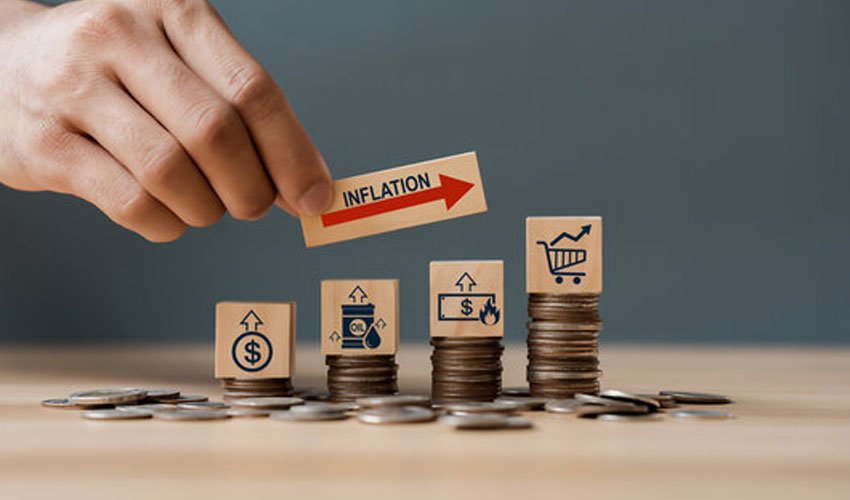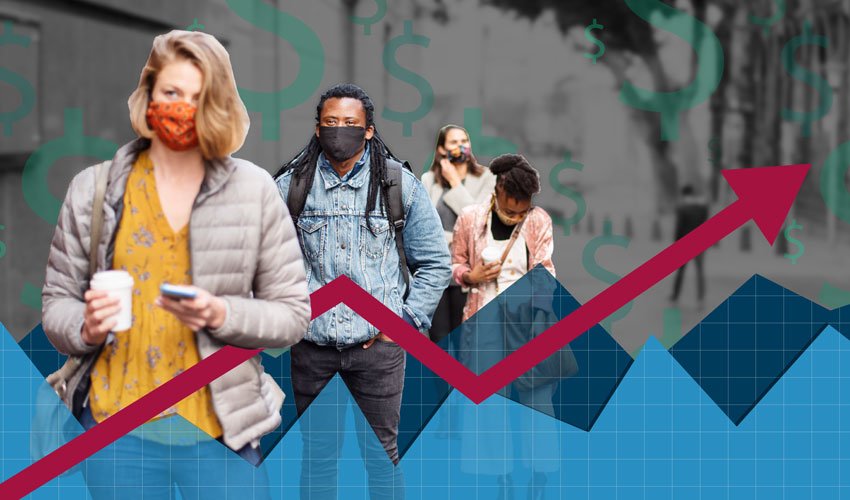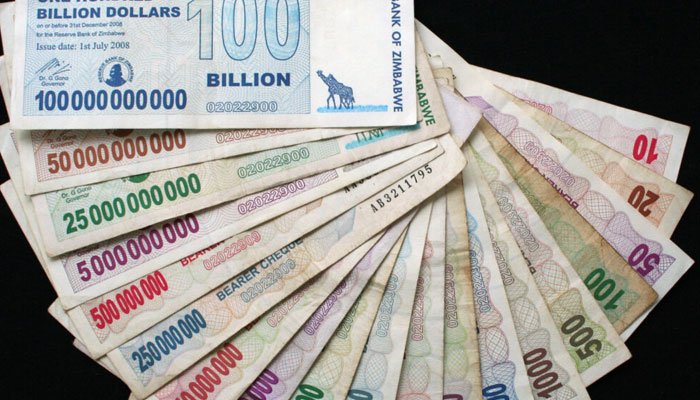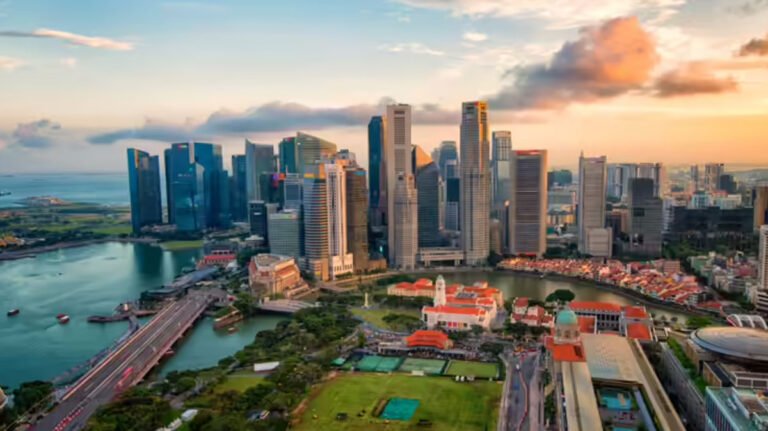2025’s Highest CPI Inflation: Top Countries Facing Soaring Prices. Inflation refers to the rate at which the cost of goods and services goes up over time. When it rises rapidly, it directly impacts people’s everyday expenses, making essentials like food and fuel more expensive. While some countries manage to maintain steady inflation, others are dealing with severe spikes that lead to serious economic difficulties. As of 2025, a number of nations are facing the highest Consumer Price Index (CPI) inflation rates globally.
Nations with insufficient reserves face many risks, and these difficulties are particularly acute in many African countries struggling with debt, inflation, and currency instability.

Here’s the Countries with Highest CPI Inflation Rate 2025
Inflation shows how quickly the prices of goods and services rise over time, directly affecting people’s daily lives. In 2025, some countries are facing extremely high Consumer Price Index (CPI) inflation rates, making basic needs like food, fuel, and housing costlier than ever before.
| Rank | Country | Estimated Inflation Rate (CPI) |
| 1. | Venezuela | 400% |
| 2. | Zimbabwe | 172% |
| 3. | Argentina | 99% |
| 4. | Sudan | 72% |
| 5. | Turkey | 51% |
| 6. | Ghana | 45% |
| 7. | Haiti | 44% |
| 8. | Suriname | 43% |
| 9. | Iran | 42-43% |
| 10. | Sierra Leone | 38% |
1- Venezuela
Venezuela continues to suffer from hyperinflation, with CPI inflation soaring to around 400% in 2025. Years of political struggles, falling oil revenues, and uncontrolled money printing have worsened the crisis. Everyday essentials like food and rent have become unaffordable, leaving citizens under extreme financial pressure.
2- Zimbabwe
Zimbabwe faces one of the highest inflation rates globally, reaching 172%. The main cause is the uncontrolled printing of money, which collapsed the Zimbabwean dollar. Attempts to stabilize the new ZiG currency have not been very successful, and prices for basic needs such as food and utilities continue to rise sharply.
3- Argentina
With inflation close to 99%, Argentina’s economy struggles due to budget deficits, debt, and political uncertainty. The government has introduced austerity measures and IMF-supported reforms to stabilize the economy, but high inflation continues to push up the cost of living, especially for middle- and low-income groups.
4 -Sudan
Sudan’s inflation crisis is driven by civil conflict, displacement, and broken supply chains. With CPI inflation at 72%, shortages of food and essentials have worsened. The war has damaged agriculture and infrastructure, while weak monetary control has left the economy in a fragile state.
5- Turkey
Turkey is struggling with 51% inflation, caused by a weak currency, high import costs, and unstable policies. Energy and food imports have become expensive due to the falling lira. Political decisions and sudden policy shifts by the central bank make inflation harder to control, adding pressure on households and businesses.
6- Ghana
In Ghana, inflation has reached 45%, mainly due to a weak local currency (cedi) and dependence on imports. Rising prices of fuel and food, along with poor management of government finances, make it difficult to stabilize inflation. Fiscal deficits and unstable supply chains add to the challenge.
7- Haiti
Haiti’s inflation stands at 44%, fueled by political unrest and a heavy reliance on imports. With a weak local economy, most goods—especially food and fuel—are imported at higher costs, making life more expensive for ordinary people. Weak institutions make it harder to control the situation.
8- Suriname
Suriname has an inflation rate of 43%, caused by economic mismanagement and dependence on natural resources like oil and bauxite. Fluctuating commodity prices, currency instability, and weak fiscal policies push prices up, hurting both businesses and families.
9- Iran
Iran’s CPI inflation is around 42–43%. Sanctions, currency depreciation, and subsidy cuts have driven prices higher. Shortages of foreign currency reserves and weak structural reforms add to the inflationary pressure, especially in food and essential goods.
10- Sierra Leone
Sierra Leone faces 38% inflation, mainly due to its dependence on imports. The local currency continues to lose value, making imports of energy and food very costly. With limited domestic production, consumers are left paying higher prices for almost everything.









